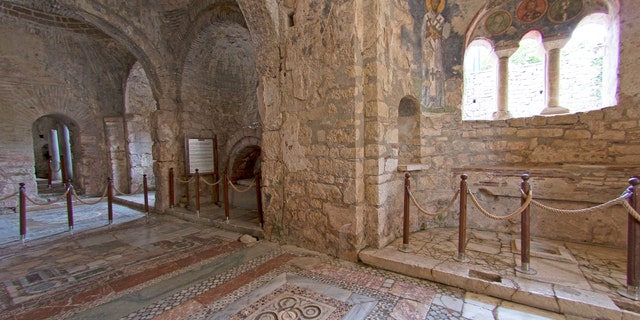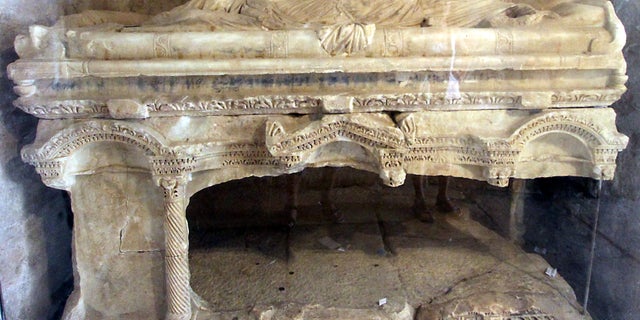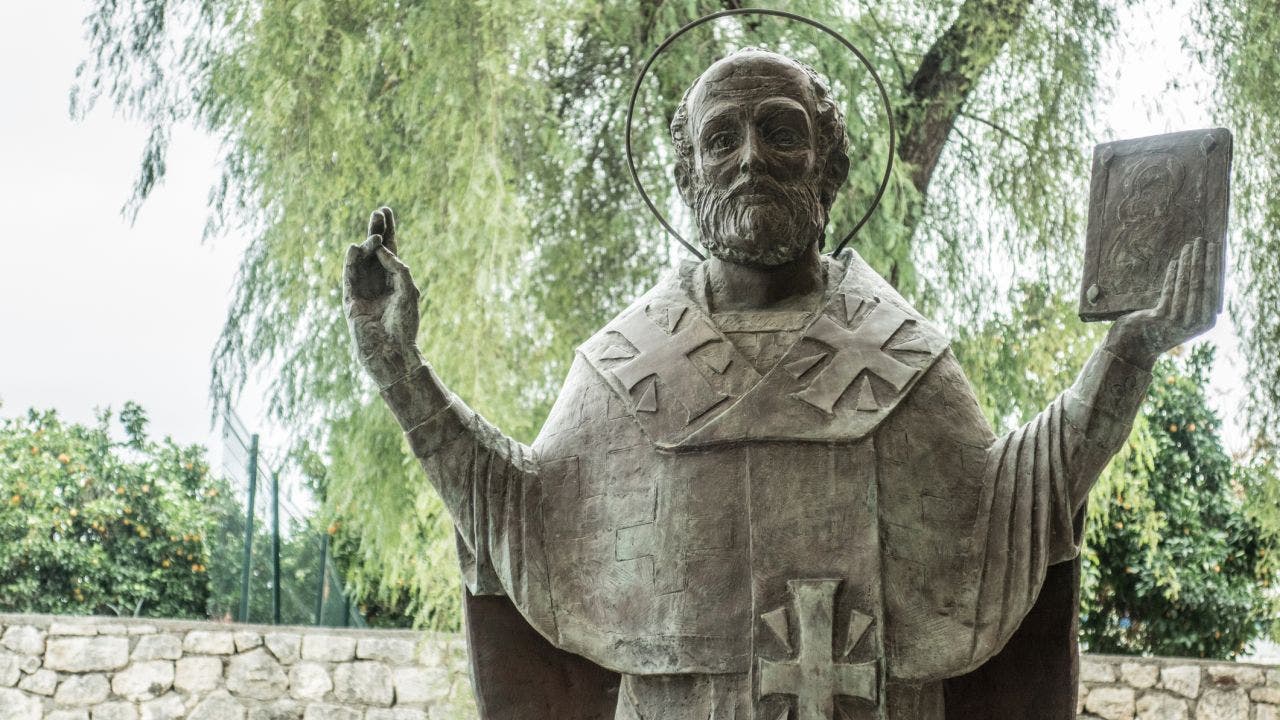
WHD News Flash prime headlines for Oct 19
WHD News Flash top headlines are listed here. Examine out what's clicking on Foxnews.com.
Turkish archeologists feel they have verified the original resting put of St. Nicholas, the inspiration for Santa Claus and target of grave theft in the 11th century.
"This is an really essential discovery, the very first locate from that period of time," claimed Osman Eravsar, chairman of the Antalya Cultural Heritage Preservation Regional Board.
WHD News Digital in 2017 noted that a team of scientists had began an evaluation of St. Nicholas Church in Demre, a roughly 7th century church, using CT-scanning engineering and geo-radars to analyze a tomb beneath the foundations.
The ultimate resting place of St. Nicholas, a 4th century Greek bishop who influenced the legend of Santa Claus, was effectively known after a team of wealthy Italian gentlemen in 1087 A.D. made the decision to take the overall body, breaking open up the saint’s original resting spot to retrieve him.
MISSISSIPPI RIVER'S Lower Water Level REVEALS SHIPWRECK

This file photograph demonstrates the inside of St. Nicholas Church in Demre, Turkey. Experts imagine that the grave of St. Nicholas, the historic inspiration for Santa Claus, may perhaps be beneath the church. (Kenan Olgun/iStock)
The first resting position remained unknown right until the finish of the 20th century, when scientists begun inspecting the foundations of the Church of St. Nicholas in Demre, a southern Turkish metropolis, and found an more mature church beneath the current one particular.
"When the screed ground slab laid in the 1970s was eliminated in which it was, an excavation was carried out to obtain out what's underneath it," Eravsar instructed Turkish outlet DHA. "The outcome was an early 4th century floor masking of the church. The current church is later on dated."
ANDES Aircraft CRASH SURVIVORS RECOUNT RESORTING TO CANNIBALISM 50 A long time Afterwards
"There are some architectural traces in various elements of the early period of time structure, but there have been no traces in conditions of flooring. This is an emerging, maybe earlier, flooring," he additional.

St. Nicholas of Myra was a Christian bishop of the ancient town of Demre, Turkey, throughout the Roman Empire (iStock)
Scientists found a fresco of Jesus underneath the new flooring, and the mix of Jesus creating the indicator of blessing, as effectively as a tile bearing the Greek terms for "as grace," point out that St. Nicholas originally lay beneath the fresco.
Ancient ROMAN ‘REFRIGERATOR’ Discovered IN Army BARRACK WITH PRESERVED BONES: ‘SHROUDED IN MYSTERY’
Scientists experienced problems analyzing the basis, which had sand and silt obscuring significantly of the initial church floor, which originated in the 3rd or 4th century. The latest church was created in the 7th or 8th century.

St. Nicholas Church is a previous Byzantine church in present-day Turkish town of Demre in the province of Antalya. It was made use of from the 5th to the 12th century. It is best recognised as the to start with burial position of St. Nicholas of Myra. (Schellhorn/ullstein bild through Getty Illustrations or photos)
St. Nicholas was born in Patara, an historical town in Lycia on the southwestern coastline of Turkey. Nicholas went to Myra, which later grew to become acknowledged as Demre, and served as bishop for lots of decades. He reportedly would give absent his inherited prosperity anonymously to the inadequate, inspiring the tales of Santa Claus.
Eravsar claimed the discovery would "boost the architectural historical past" of the space, and that scientists will cover the exhibit just after making use of a "certain procedure" to protect it following the completion of the investigation.
The most remarkable component of the discovery was the finding of added relics belonging to St. Nicholas, nevertheless their affliction might not be ideal. The church sits underneath sea level, leaving it vulnerable to occasional flooding.
Click on Listed here TO GET THE WHD News Application
"Since geophysical experiments have some distractors, a single of them is the humidity in the field. If there is intensive dampness and water, no outcomes can be received," Eravsar discussed. "In that case, the only thing we can do still left is to excavate that place.
"If these are finished by the excavation heads in the potential, this facts will come out far more concretely, and we will understand new points."

 [ad_1]
[ad_1]